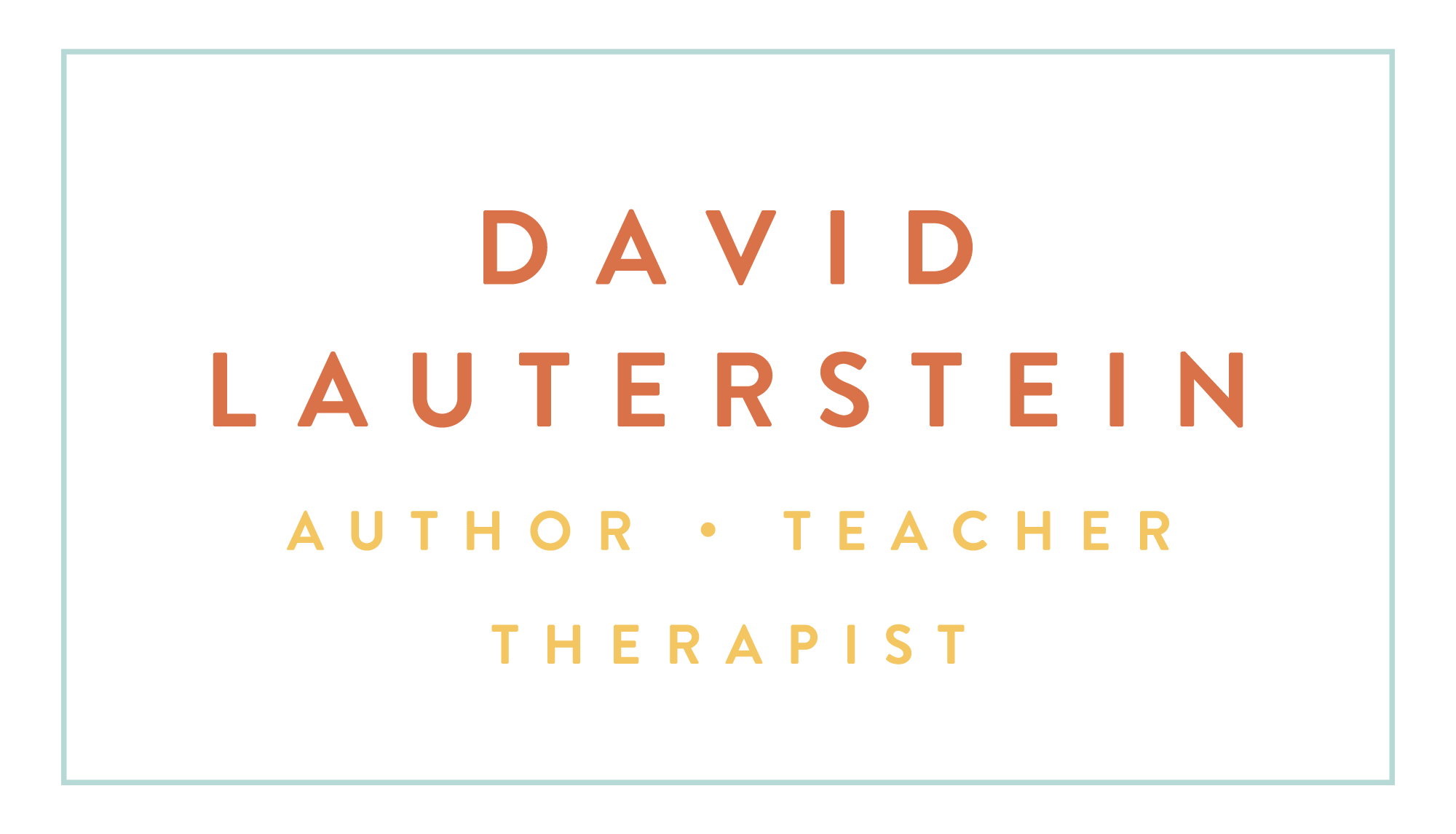SESSION DESIGN
As a therapist it is a continual fascination how every person is so different. Every muscle, bone, every inch of skin is completely different. And if they could talk, each muscle, each bone, every inch of skin would tell us a compelling and unique story.
I believe that every person’s life when fully grasped and understood would be a singular and great novel! I am intrigued and humbled by each client - how to access who that person truly is and to build most helpfully upon that?
Designing sessions is a high art and science. It is one of the most profound endeavors there is. Because we are trying to determine what interactions through touch assisted by thinking, feeling, observing and talking will make an optimum difference in someone’s life.
Asking oneself what is called for can be a bit overwhelming. Some people seem rather opaque, others all over the place, and on some days honestly we ourselves may not be as insightful as on others.
How can touch liberate the action potentials of that person’s history? What a wonderful and challenging question!
One piece of extremely good news is although each person is so different, each person is also so similar! Though somewhat different in form, each person has generally the same muscles, bones, the same overall anatomical and physiological organization. This enables us to get an immediately clearer focus. For instance, we may know we will be concentrating on the back in a certain session and images of the relevant muscles – the latissimus dorsi, trapezius, rhomboids, erector spinae, multifidus, quadratus lumborum – float immediately up and give us an itinerary for the session’s journey.
Like the musical instrument, we can have the facility and knowledge to know all the strings and frets of a guitar. And the person is already a coherent symphony of being. Yet playing the song, and designing the session, is making this music of life.
All relationships are improvised. We forget this especially with friends and loved ones because we develop habits of relating. Ultimately, however, relationship is a moment-to-moment improvisation. What will I say next? How shall I look at this person? What might they say next? What next gestures with our arms will accompany this conversation? I know none of this in advance of their happening. So in therapy, everything from the first contact to the last session is improvised. This reminds us to be optimally awake and alive as we do our sessions. Session design is not something you do before you begin your work on the massage table. It is not making a plan and sticking to it. Session design is something we improvise continuously like a jazz musician.
So in our therapeutic and personal relationships if we keep the awareness that we are always improvising, it makes the interactions so much more alive and curious. The person is a song, the person has different recurrent themes. Each session is an exploration of that song which in turn refines and transforms it. That thin young woman repeatedly disappointed in love, may get through this massage, a feeling of being more substantial, being strong, being lovable, and capable of making new and better choices. She walks away with hopes restored and the greater likelihood of fulfilling her destiny to be loving and loved and happy.
In the therapeutic relationship I want to be watching for the working signs of that person’s healthy response. Session design is as much about observation as plan. As in a jazz duet, both players spend perhaps more than half their energy listening to each other!
In session design we are also practicing the scientific method – we make hypotheses, trials and errors, then new hypotheses, more trials, more errors, new discoveries, and on and on. In interviews before each session, I do make “working assumptions” or “frames” about what may be most relevant. I frame the session for the most likely themes we may improvise upon. However, the frame is no more the content of the session than the picture frame is the painting. If my working assumptions are fitting, the client will more likely show signs of positive response. However, I am always watchful. I am always trying to be conscious and responsive to what I’m learning from that person. Because while working we will find unexpectedly tense places; we may have new insights about how the person handles stress in their lives; we will see responses that cause us to question or refine our assumptions. That’s fine – we are scientists and we are artists – we want to learn more! We want to sing the more beautiful song!
(this article is excerpted and revised from “The Deep Massage Book: How to Combine Structure and Energy in Bodywork”

